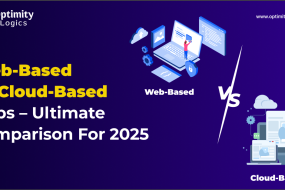
PHP vs Python there are two veteran champion languages for web development. This deep discussion about who is an agile challenger for the developers. So, Both wield powerful frameworks, loyal communities, and impressive feats, but only one can claim the crown of versatility and efficiency.
In this epic blog, we dive deep into the trenches of PHP vs Python, analysing their strengths, weaknesses, and hidden tactics. So, read this energetic blog and enjoy more…
PHP: The Basic Should You Know
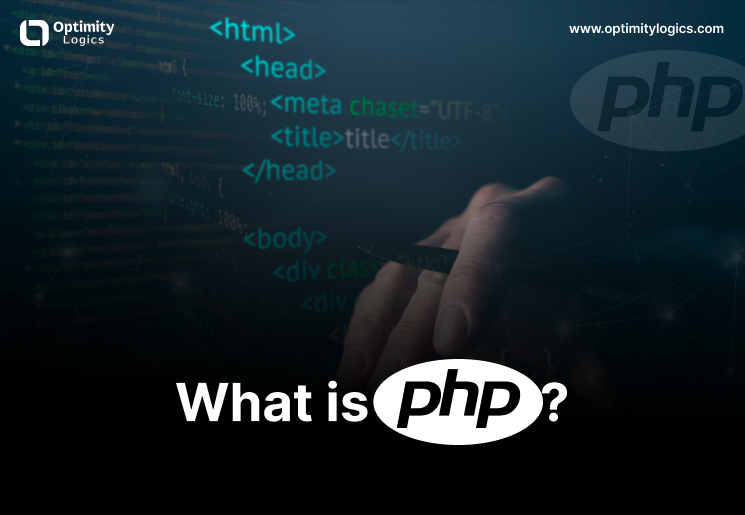
Basically, PHP (Hypertext Preprocessor) is a server side, open source and scripting language. PHP use in dynamic web development and when embedded into HTML codes.
When you visit a website powered by PHP, the code behind it isn’t directly visible – it lives on the web server. Also, To understand it, think of a translator! A special program called a “PHP interpreter” reads the code and transforms it into instructions the server can understand, creating the web page you see.
This interpretation and execution of PHP code can be data of any type, such as binary images. In addition, Here, Optimity Logics is best to try what is PHP. So, read more…
Features Of PHP
1. Server-Side Scripting Language
The server side of web development is where PHP is primarily use.The server runs PHP code when a user requests a web page, and the client’s web browser receives the processed output, which is typically HTML.
2. Open Source
Because PHP is open-source, anybody can access its source code without restriction. So, This has helped it become widely used and attracted a sizable developer community that works on its advancement.
3. Cross Platform Compatibility
PHP is compatible with various operating systems, such as Windows, Linux, macOS, and can run on different web servers like Apache, Nginx, and Microsoft IIS.
4. Database Connectivity
Numerous databases, such as MySQL, PostgreSQL, SQLite, and others, may be readily connected to PHP. For web applications to connect with databases in order to save and retrieve data, this functionality is essential.
5. Easy Of Learning
Beginners can learn PHP very easily, especially if they have some programming experience. Also, Its syntax is akin to those of Perl, Java, and C.
6. Extensive Library Supports
PHP offers an extensive array of libraries and frameworks that facilitate the development of strong and feature-rich web applications by developers.
7. Integration With HTML
PHP code is often embedded directly within HTML, allowing developers to seamlessly mix dynamic content generation with static content.
Pros Of PHP
- Excellent and productive community assistance.
- Eliminates the need to develop additional code.
- Automation of the most typical jobs in web development.
- Lower expenses for web development.
- Web application maintenance became easier.
- Creation of web applications is accelerated.
- Scripting language that is open-source.
Cons Of PHP
- Execution that is more slowly.
- Discontinuity.
- Fundamental behaviour cannot be changed.
Python: The Basic Should You Know
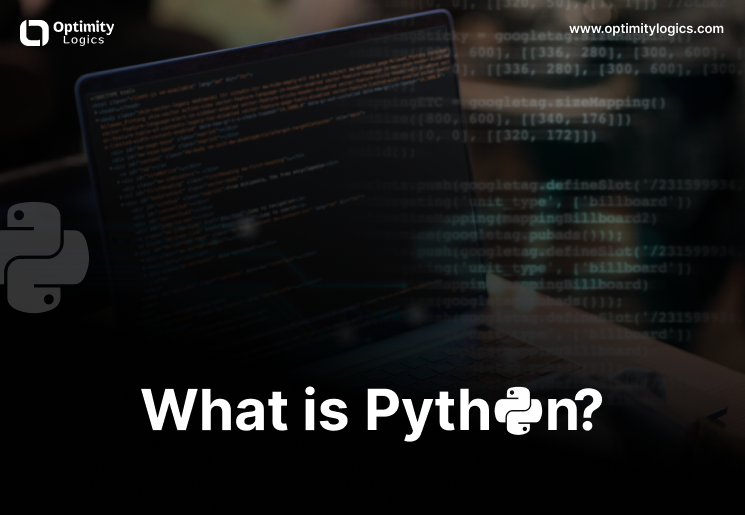
Python is a high-level, all-purpose programming language that prioritises readability, simplicity, and adaptability.
In addition, Python, which is renowned for its huge standard libraries and simple, succinct syntax, has since grown to become one of the most well-liked and frequently used programming languages worldwide.
It helps programmers code clearly with logic and is useful for large-scale and small-scale projects. Due to its extensive list of standard libraries, Python is also known as a “Batteries Included” programming language.
It is one of the quickest languages for programming and needs very little code. Additionally, developers still rank it as one of their top picks for a programming language in 2021.
Features Of Python
1. Free and Open Source
Python may be downloaded and used for free from its official website. Its source code is also given to the public, so you are free to alter it to suit your needs.
2. Easy To Learn
This high-level language is easier to learn than other languages, including Java, JavaScript, C++, C, etc. Writing programs in it don’t require you to manage the memory or remember the entire system architecture.
3. Object Oriented
So, One of the key components of Python is this, which makes ideas like classes, build and destroy, object encapsulation, and more possible.
4. Extensible
This language was intended to be extendable via different modules, rather than having all of the functionality built into one central location. Developers find it simple to include programmable interfaces into pre-existing programmes because of the small modularity. It is also possible to develop and build Python programmes in C/C++.
5. Interpreted Language
Python programmes are performed one at a time, line by line, just like Java, C++, and C. Because of this, code compilation is not required, which speeds up and simplifies debugging.
6. Portable
Code written in Python can be carried around. If you have Python code written for Windows OS and would like to execute it on Mac, Linux, or Unix, you may do it without having to modify the code.
7. Dynamically-typed
Rather than at the beginning, a variable’s type is chosen during runtime. As a result, you may skip specifying the type of variable—int, char, long, double, etc.—when using them. Also, Coding becomes even easier and fewer lines of code are used.
8. Compressive standard library
You may avoid writing all of the code from scratch by using the extensive collection of functions and modules found in its standard library. So, For use in CGI, web browsers, regular expressions, unit testing, image processing, and other applications, just use the scripts that are provided.
Pros Of Python
- Broad libraries
- Object orientation
- Readable
- Improved productivity
- Open-source
- Ease of integration
- Portability
- Interpreted language
- Enterprise application
Cons Of Python
- Speed limitations
- Weak in mobile use
- Limitations in design
- Database layers are less developed
- Prone to runtime errors
PHP vs Python: The Great Web Development Duel
Now, Let’s Find out the similarities between PHP and Python. So, there are many similarities between both programming languages. All similar reasons are here…
Similarities Between PHP and Python
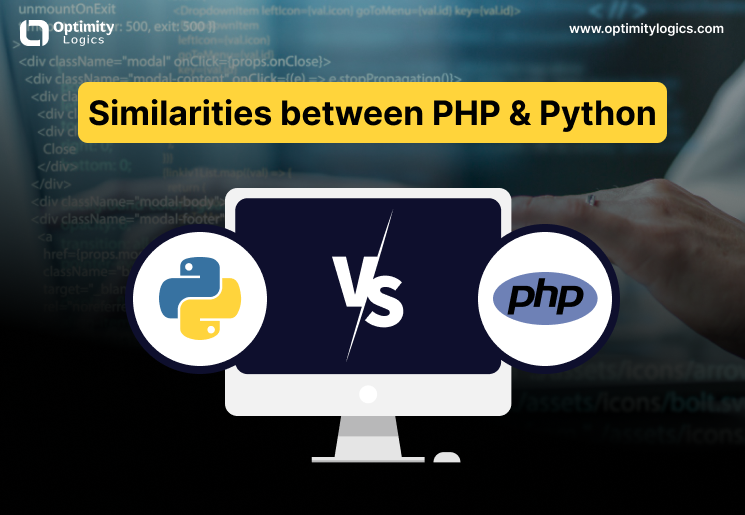
- Both languages are use to free & open-source
- The debugging process for both is good
- They both have custom made IDEs that work well with all major operating systems.
- Both offer a fantastic developer community that can answer questions and assist you advance your knowledge.
- Both support dynamic typing and method chaining.
Difference Between PHP and Python
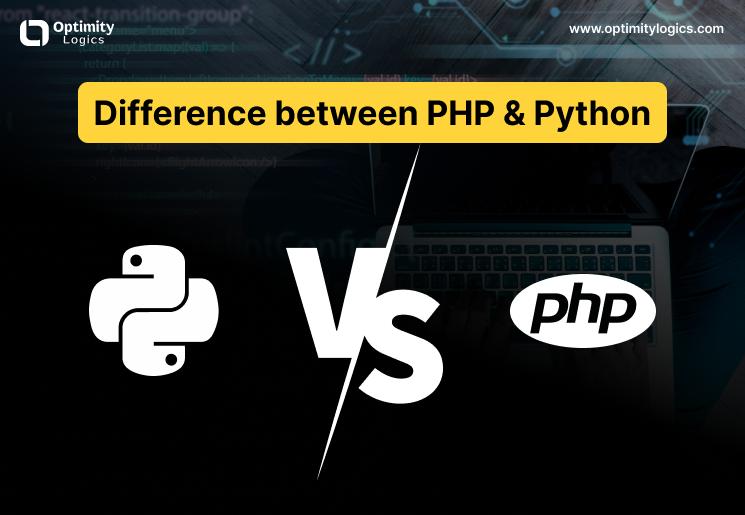
| Parameter | PHP | Python |
| Learning Curve | Easy to learn and beginners learn easily | Better in long term project |
| Application | Web Development | Web Development, AI Machine learning, System Scripting |
| Framework | It has a large no. of frameworks like a Laravel | Lower number of frameworks in comparison. Like a Django and Flack |
| Performance | PHP 7th gen if faster | Less faster in comparison |
| Community | A very large and old community | Very popular but smaller community in comparison |
| Database Supports | Supports more than 20 different database | Less database supports in PHP |
| Maintenance | Difficult to maintain large program | Easy to maintain |
| Syntax | Conventional Syntax with different naming conventions | Easy to understand syntax. Very close to the english languages |
| Companies | Facebook, Yahoo, WordPress | Instagram, Google, Pinterest |
Conclusion
Finally, This concludes the “PHP vs Python” tutorial. So, Here, you learned about the two languages, their key features, advantages, disadvantages, similarities and critical differences.
Ultimately, a lot relies on the specifications of your project as well as your proficiency with Python or PHP. If you’re an experienced programmer and need to create a simpler, more basic website, you can use any of them.
However, if you’re just starting out, consider studying Python first. Later, you may progressively go on to PHP or other languages. If you have any query? Then go to the Optimity Logics website and submit your queries now. And talk with our software experts!


